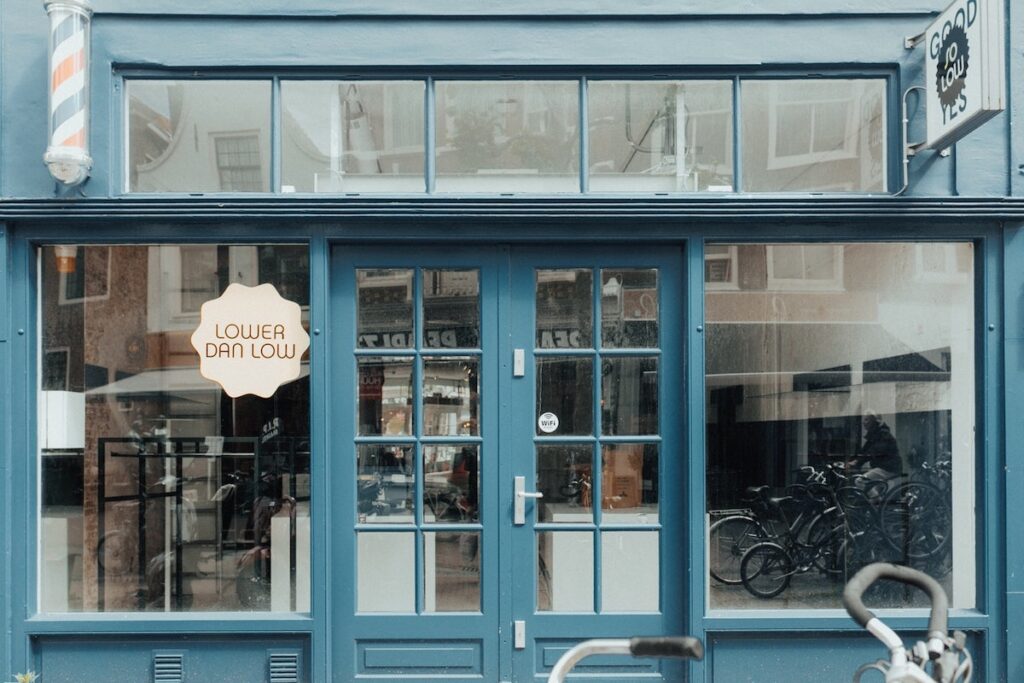When it comes to search engine optimisation, there are three main areas that businesses need to focus on:
- On-Page SEO
- Off-Page SEO
- Local SEO
Most companies start with On-Page SEO, which involves optimising web pages to ensure that search engines like Google can accurately interpret what the business is about rather than relying on automated guesses. With the help of our Mad Scientist SEO experts, this foundational step improves site visibility and sets the stage for further optimisation.
Once On-Page SEO is addressed, businesses often shift to Off-Page SEO, leveraging content marketing, social media, and backlinks to enhance their online authority. These strategies help search engines determine a company’s relevance and standing within its market.
However, many businesses overlook local SEO, a critical element that involves creating a strong local online presence. A Digital Health Check from SEO experts can help businesses fine-tune this strategy, ensuring that search engines understand their geographical relevance and connect them to local customers. This process is invaluable for any physical business, from local retailers to industrial suppliers, aiming to capture nearby clientele.
Why does Local SEO matter?
In the past, businesses relied on Yellow Pages listings and local newspaper ads to attract customers. Today, effective local SEO is important to reach nearby customers.
Local SEO is a specialised form of SEO that involves keyword research, content creation, link building, and on-page optimisation, all focused on local relevance.
The Rise of Voice Searches
With the increasing use of voice-activated devices like Siri and Alexa, good Local SEO helps your business get discovered. If, for example, a user asks Google for a service by searching ‘find pizza near me’, strong local optimisation ensures you appear in those results.
Mobile Usage
The growth of smartphones has heightened the importance of Local SEO. Mobile users seek quick, easy access to information, especially when they are out shopping. Statistics show that 60% of smartphone users have contacted a business directly through search results, indicating high conversion potential.
Impact of COVID-19
The pandemic changed how people search for local businesses. During lockdown, many sought information like:
- “Who’s close to me?”
- “When are they open?”
Additionally, businesses experienced geographic shifts, leading to changes in operations. Not all companies have managed to update their Local SEO to stay visible.
Local SEO Benefits Beyond Retail
Local SEO can still build your rankings even if you don’t have a customer-facing retail business.
One of our past clients, Sullair, a Hitachi Group Company, sells air compressors and parts to manufacturing companies across Australia. So why would they invest in Local SEO?
Firstly, having all their locations around Australia increases their profile with Google as a trustworthy and reliable business.
They also receive significant online traffic through Google Maps, as both visitors and delivery personnel seek directions to their locations. Google treats all traffic equally, whether from deliveries or customers, positively impacting their rankings.
Through our Local SEO work for Sullair Melbourne, and within the span of three months, we witnessed:
- Total actions grew by 20.8% (this measures actions such as website visits, phone calls and direction requests)
- Website visits increased by 52%Phone calls increased by 23.3%
- There was a 36.7% increase in total search impressions for their Melbourne Google My Business
Those are excellent results by any SEO measure– especially for an industrial business with a specialist client base.
What Does Local SEO Involve?
Local SEO involves a range of techniques, some straightforward and others more technical.
Basic Techniques:
- Get on the Map: Ensure your business is listed on Google Maps, Bing, and Apple Maps.
- Establish a Google My Business Account: Provide Google with essential information about your business, including multiple locations and relevant search keywords.
- List in Relevant Directories: Register your business in local and national directories, such as buy-australia.com.au.
More Technical Techniques:
- Use Schema Markup: Implement description standards created by Google, Bing, and Yahoo on your web pages.
- Include a Google Map on Your Contact Page: This enhances user experience and improves visibility.
You can start with the basic techniques using online guides and gradually tackle the more technical aspects, or feel free to give us a call at Mad Scientist for assistance!
Remember the basics of SEO
Be Consistent
Ensure that your addresses, phone numbers, and other contact details are consistent across all platforms. Verify that every listing has up-to-date visuals, including logos and colours, and maintain a uniform look and feel across various devices.
Stay Relevant
When choosing where to list your business, focus on quality over quantity. Listing in relevant directories and platforms will yield better results.
Don’t Try and Game Google
Throughout the evolution of search engines, there have always been “experts” willing to jeopardise their clients’ reputations with unethical practices. For example, some used to engage in keyword stuffing with white text on a white background, ultimately harming their clients’ rankings.
Have You Checked Your Local SEO?
While businesses like authors, online service providers, and eCommerce shops may not need Local SEO, if you operate a brick-and-mortar location where customers, suppliers, and service providers visit, investing in Local SEO is a valuable choice.


